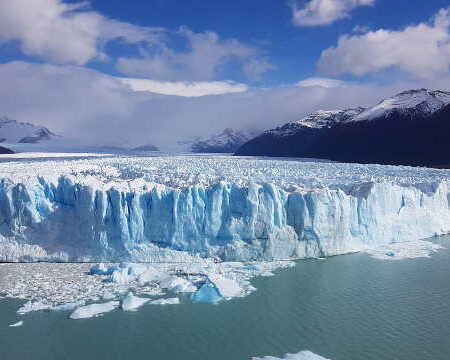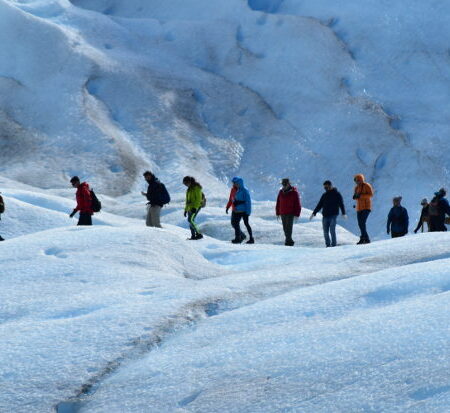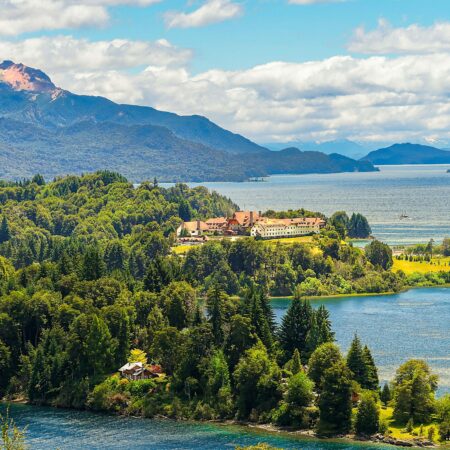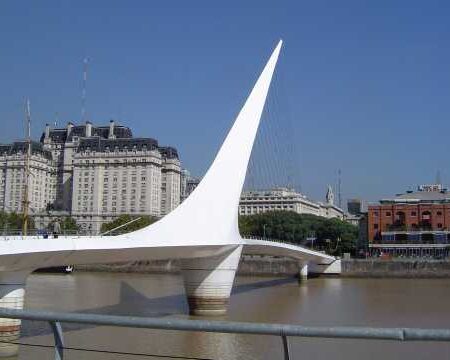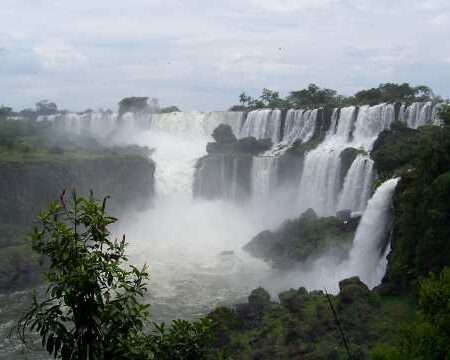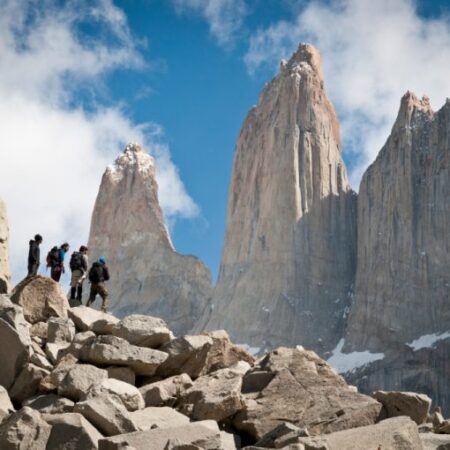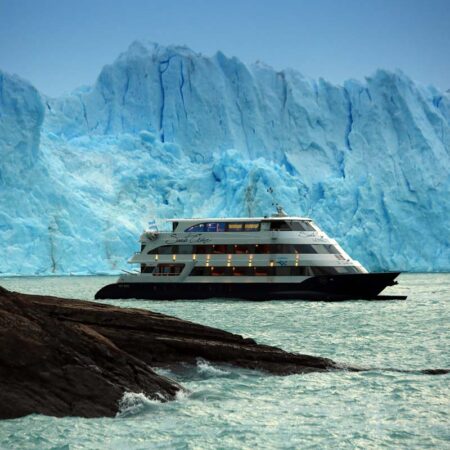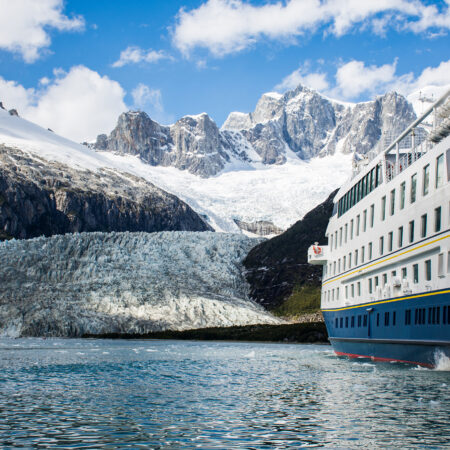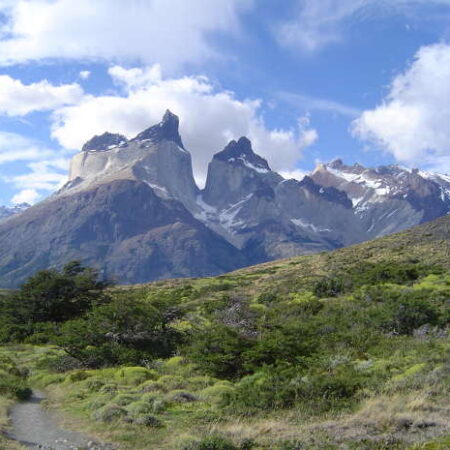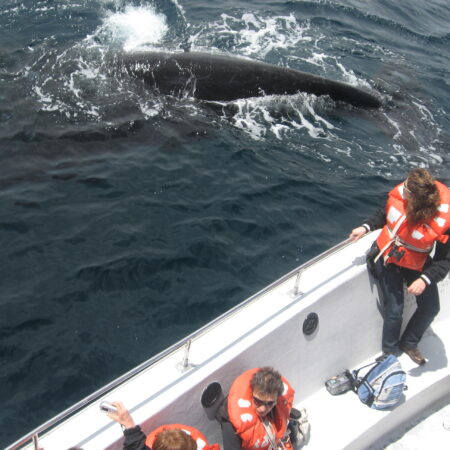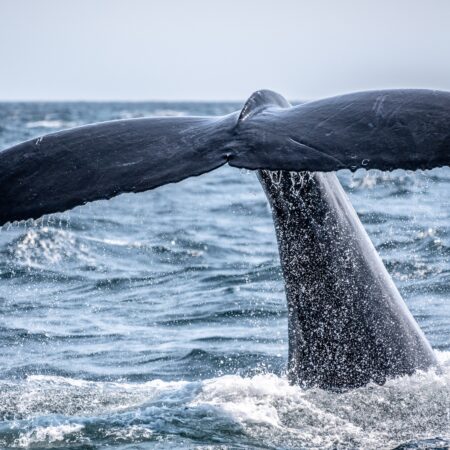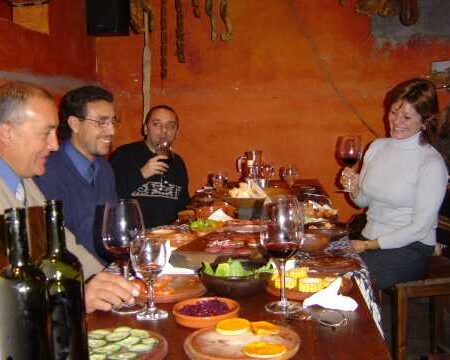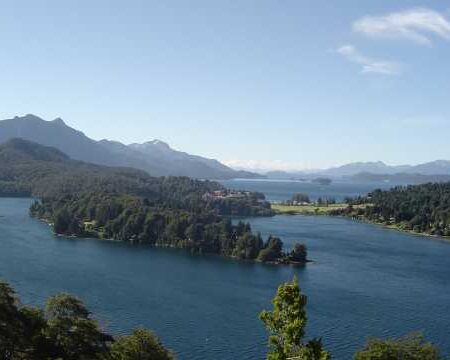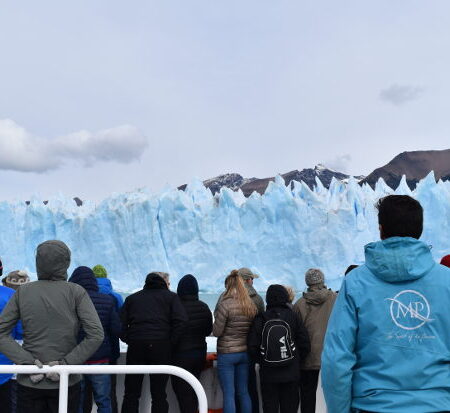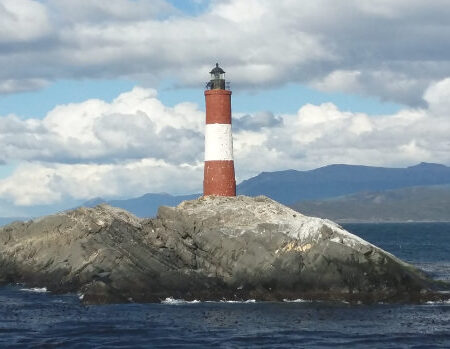Splendor during the 1920s
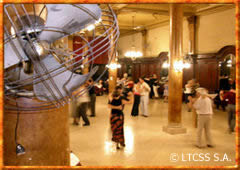
The typical orchestras start to emerge and tango grows and expands with its directors, musicians and composers such as Francisco Canaro, Roberto Firpo, Juan Maglio, nowadays grouped in the “La Guardia Vieja” movement. Tango begins to transform into an “older music”. Moreover, remarkable poets emerged: Celedonio Flores and Pascual Contursi (the author of the first tango song). That was the time when tango became “major music” among popular consideration and immortal pieces such as “Quejas de bandoneón” by Juan de Dios Filiberto, “Flores negras” by Francisco Canaro and “Tierra querida” by De Caro appeared.
However, until that moment people “of good customs” considered it bad and they were scandalized by the sensuality of the dance. They considered it a minor genre linked to impure customs and to characters that were regarded badly.
In the 20’s when tango suddenly becomes popular and reaches all social classes, specially when the high class that was always attentive to the tendencies in Paris starts to witness the tango phenomena there. It was the Belle Epoque era, when the love affair between Buenos Aires and Paris was at its peak.
While Buenos Aires continued to follow the architecture and fashion trends and the attempt of adopting some of its manners and customs that the French capital imposed, tango succeeded in Paris with the arrival of some of its representatives and of its typical orchestras.
From there on, tango expands to all the corners of the city. It becomes the main character in theatres, cabarets, dance rooms, clubs, radios, bars and in movies, specially in the latter through Carlos Gardel.
By means of Gardel’s movies, tango first arrives in New York and then reaches all the American Continent and from there, it becomes world-wide known due to Carlos Gardel’s charisma, looks, style and specially to his unique voice that was his contribution to tango.
The 1930´s
Towards the end of the 20s a very special artist emerges. Enrique Santos Discépolo, who is regarded as “tango’s ultimate social chronicler” described in full all the pains, worries and sadness of men such as the social lack of hope by means of his direct poetry style. While his writing was essential for the history of tango, his definition of same was “that feeling sad which you can dance”.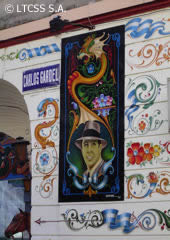
His work became very popular during the crisis of the 30s. Said crises wrecked the country and left it in a situation of uncertainty, diseases, shortage and poverty before world war II. He describes in a very unique way the complete lack of hope of men during that time in his tango song “yira yira”.
“When luck is dark, and it lets you down and leaves you down, when you’re a wreck and lost, desperate, when you have no faith, nor food. When you wear out your shoes trying to work to be able to swallow the indifference of a mute and deaf world, then you will feel: YOU’LL SEE THAT IT’S ALL A LIE, YOU’LL SEE THAT NOTHING IS LOVE, THAT THE WORLD DOESN’T CARE, SPIN SPIN… EVEN IF THEY SCREW UP YOUR LIFE, EVEN IF YOU FEEL THE PAIN, DON’T EVER EXPECT HELP, NOR A HAND, NOR A FAVOR”.
In 1935 Carlos Gardel´s life suddenly came to an end (an airplane accident in Medellín). However, his voice would remain in everybody´s memory forever. He´s a legend and nobody nowadays disbelieve the famous saying that claims that Carlos Gardel “sings better and better every day”.
Due to social and economic crisis and the disappearance of the “greatest of all times”, tango seemed to be facing a period of decadence. But actually, a decade of glory was on the verge of rising.
1940´s: a golden era
The arrival of the 40s determines tango’s golden era that gave place to great authors, musicians, directors and the development of the great orchestras with great singers who marked a style each, and of poets who would find a new approach towards tango lyrics: of great literature, deep and romantic marked the nostalgic, sad and desperate style that would identify it forever. This is the time of the success of the big dance rooms and of an absolute leading role in the media such as the radio and films, the latter made tango reach the masses.
This was the decade in which Buenos Aires did not sleep and was made eternal along with the great orchestras that played live in dances and of premiering new songs by the singers. Tango is a social and cultural phenomena that cannot be matched.
Among the most famous ones there are the orchestras of Aníbal Troilo, Angel D’Agostino, Juan D’Arienzo, Miguel Caló, Carlos Di Sarli, among many others. The singers Francisco Fiorentino, Angel Vargas, Hector Mauré, Alberto Podestá. And the poets Homero Manzi, Enrique Cadícamo, Cátulo Castillo, Homero Expósito and José María Contursi.
Even though everyone speaks of the 40s as tango’s golden era, the period actually extends towards the mid 50s.
